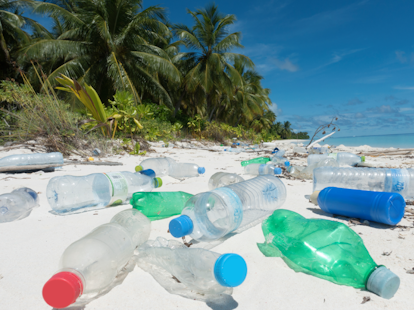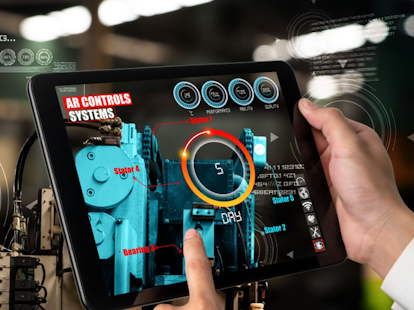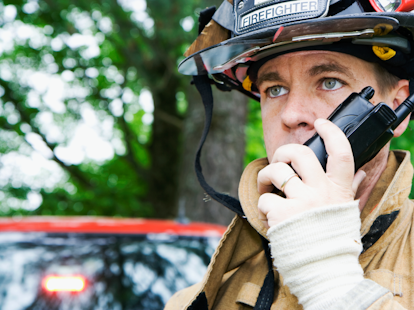US workplace legislation requires all electrical products to be certified by a Nationally Recognized Testing Laboratory (NRTL). What should manufacturers consider when choosing an NRTL?
Whether it’s a coffee machine, laptop or tablet, or a more specialized piece of equipment, if it’s an electrical or electronic product and is used in a US work environment, it must be certified by an NRTL. This is not true for products destined only for the home environment.
However, work practices are becoming more flexible and it is not unusual for a product designed for home use to end up in a workspace. US retailers therefore prefer the products they sell to have NRTL certification so they can be used in both the work or home environment – their market is diminished if a product is designated ‘home use only’. There is therefore a convincing argument that all electrical and electronic (EE) products destined for US markets will benefit from NRTL certification.
See our previous Consumer Compact article, Why NRTL Certification Matters for Electrical & Electronic Products in the US.
Choosing the Right NRTL
NRTLs are accredited by the US Occupational Safety and Health Administration (OSHA). Recognition demonstrates they meet the basic requirements for examining and certifying a product to the appropriate standard(s). However, while all NRTLs are broadly equivalent in terms of accreditation, each will meet its requirements in slightly different ways. It therefore makes sense for a manufacturer to consider the following factors when choosing the right NRTL to test their products in order to streamline the process, reducing costs and improving turnaround times.
Markets
Which standards should be applied will depend upon the product and the markets in which it is being offered. In the US this might mean Federal, state and even county standards for some product types. Manufacturers targeting the US may also consider placing their product onto the market in Canada. Even when standards are harmonized, individual jurisdictions may enforce them differently with area-specific provisions. For example, products in Canada must have labeling in French or, if a product is marketed in California, it may need registered with the California Energy Commission.
Understanding what standards and requirements are enforced in target markets at the earliest stage of a product’s development will ensure costs and time to market are minimized.
Start Early
Certification takes time. Manufacturers are advised to purchase applicable standards at the start and then incorporate their requirements into the equipment design process. Taking this approach will reduce the risk of the production schedule being negatively impacted by nonconformity or testing failures.
Timetable
An important consideration for all manufacturers wishing to access the US market for EE products is, how long certification will take.
This may vary greatly depending on the product as each standard will have its own testing requirements, with some requiring long term tests. The manufacturer should also consider the fact their product may fail a test, thereby requiring re-design and re-testing before certification. Without a contingency planning, the manufacturer may miss their proposed production date.
Submission
While the application process and agreement forms may differ, the requirements for document submission remain broadly similar between NRTLs. Therefore, manufacturers are advised to prepare their documentation package well in advance of submission.
The documentation package should include completed product manuals, schematics, equipment markings and critical component information (component specifications with part numbers and relevant component certification information). The NRTL engineer will then verify this component information and include it in the final test report.
Having complete and accurate component information at the start of the project can significantly reduce turnaround times.
Factory Inspections
Before a certificate can be issued, the factory in which the product is manufactured must be inspected. If nonconformities are identified, then they must be rectified prior to authorization that the certification mark can be applied.
Scheduling a factory inspection can take time. When planning an inspection, manufacturers will need to consider factors such as location and readiness, as well as the availability of inspectors.
Manufacturers are therefore advised to contact their NRTL and request information on factory inspection criteria and scheduling as early as possible to avoid delays. It may even be possible to schedule an initial factory inspection towards the end of the testing phase to expedite the process.
The Next Step
Certification should never be an after-thought. Optimizing a product’s route to market requires certification to be considered from the earliest design phase. This will ensure a product conforms to all relevant regulatory requirements for the target market(s) while ensuring enough time is included in the development plan for testing, factory inspections and certification.
Working with a trusted third-party service provider can help manufacturers navigate the complex certification process, reducing costs and improving turnaround times.
SGS Solution
We provide a comprehensive range of services to help manufacturers and retailers ensure EE products conform to OSHA and other governmental requirements. Our NRTL accreditations cover a wide variety of products, including power tools, household appliances, lighting, medical equipment, batteries, IT equipment, audio-visual equipment, and products for hazardous and potentially explosive environments. Once a product has been certified it can bear our SGS North America Listed Mark. In the end, it’s only trusted because it’s tested.
Learn more about the SGS North America Listed Mark.
Enjoyed this article?
Find more news and updates in our Consumer Compact newsletter.
Delivered Direct to your Inbox
Subscribe to Consumer Compact.
Follow us on LinkedIn.
For further information, please contact:
Paul Krauss
Certification Manager
SGS Connectivity & Products
t: +1 770 570 1818
John Ciliege
Vice President, Connectivity & Hardlines
Global Head of NRTL
t: +1 (404) 670-0435



